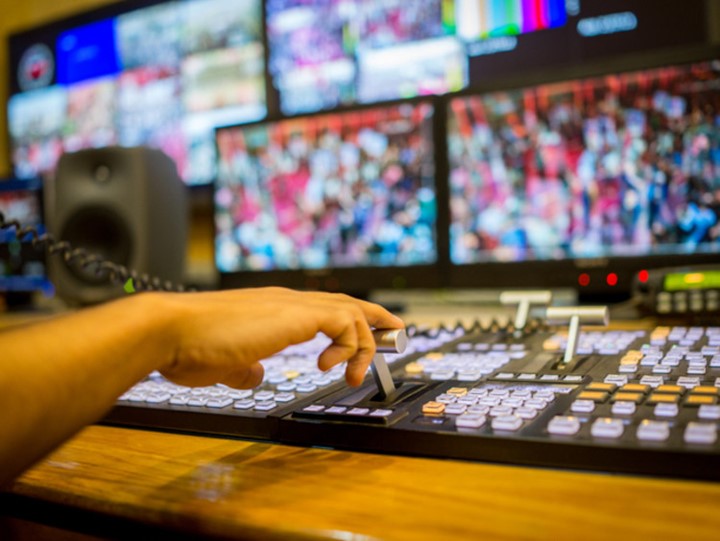Revolutionizing Audience Engagement Via Immersive VR Encounters in Real-time Performances
Revolutionizing Audience Engagement Via Immersive VR Encounters in Real-time Performances
Blog Article
In the past times, virtual reality has emerged as potent instrument for boosting audience engagement in live productions. This innovation enables viewers to immerse themselves in a 3D setting, crafting a unique experience that traditional formats cannot easily replicate. By using VR, producers can transport viewers into the core of the action, causing them sense as if they are part of the performance. This innovative approach not only enchants viewers but also opens up new possibilities for storytelling and interaction.
A of the primary benefits of employing VR in real-time performances is the capability to forge a greater interactive experience. Audiences can engage with the performance in real-time, shaping the outcome or exploring different viewpoints. For instance, in a stage production, viewers wearing VR headsets can choose to follow specific characters or scenes, allowing them to tailor their encounter. This degree of engagement cultivates a more profound bond between the audience and the performance, making it more memorable and impactful.
Moreover, VR technology can improve the sight and auditory elements of a real-time production. With top-notch visuals and audio engineering, creators can create breathtaking settings that draw audiences in. This engaging characteristic can raise the complete encounter, making it even more engaging and enjoyable. For example, a musical performance can be transformed into a rich experience, where audience members experience as if they are on in front with the click now performers. Such enhancements not only draw bigger audiences but also promote repeat viewing, as viewers look to re-experience the thrill.
In addition improving audience engagement, VR can also provide valuable insights for creators. By analyzing how audiences engage with the digital environment, creators can gather data on audience preferences and behaviors. This information can inform future productions, assisting to tailor content to more effectively satisfy the demands and desires of the audience. As a result, VR not only enriches the current encounter but also adds to the development of real-time performances as a complete entity.
As the technology continues to evolve, the possibilities for VR in real-time productions is vast. From theater and musical events to athletic competitions and celebrations, the opportunities are endless. By embracing this innovative method, producers can revolutionize the way audiences experience real-time entertainment. As an increasing number of producers investigate the integration of VR, it is probable that we will witness a shift in how shows are designed and delivered, eventually resulting to a greater engaging and interactive future for live performances.